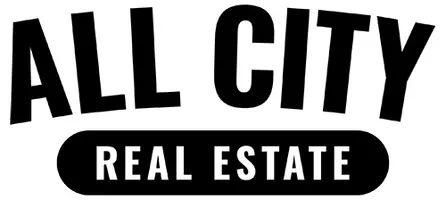
Signing a Buyer's Representation Agreement – The Basics
Blog Introduction: Buying a home is an exciting yet daunting task. Before you put in an offer on your dream home, you’ll want to make sure that you’re well protected with a buyer's representation agreement. This document will provide guidance and assurance throughout the process of buying a home. I

Who Pays the Closing Costs in a Real Estate Transaction?
Who Pays the Closing Costs in a Real Estate Transaction? What are Closing Costs? Inspection and appraisal fees to attorney's fees, title insurance premiums, recording fees, transfer taxes and more. Depending on your state laws and regulations, some of these may be required while others may be nego

What is a 2-1 Buy Down?
A 2-1 buy down is an option for home buyers to take advantage of lower mortgage rates. The idea behind this type of loan is that the borrower pays a certain amount at closing in exchange for a lower interest rate over the first two years of their loan. This allows you to secure a lower payment init
Categories
Recent Posts










